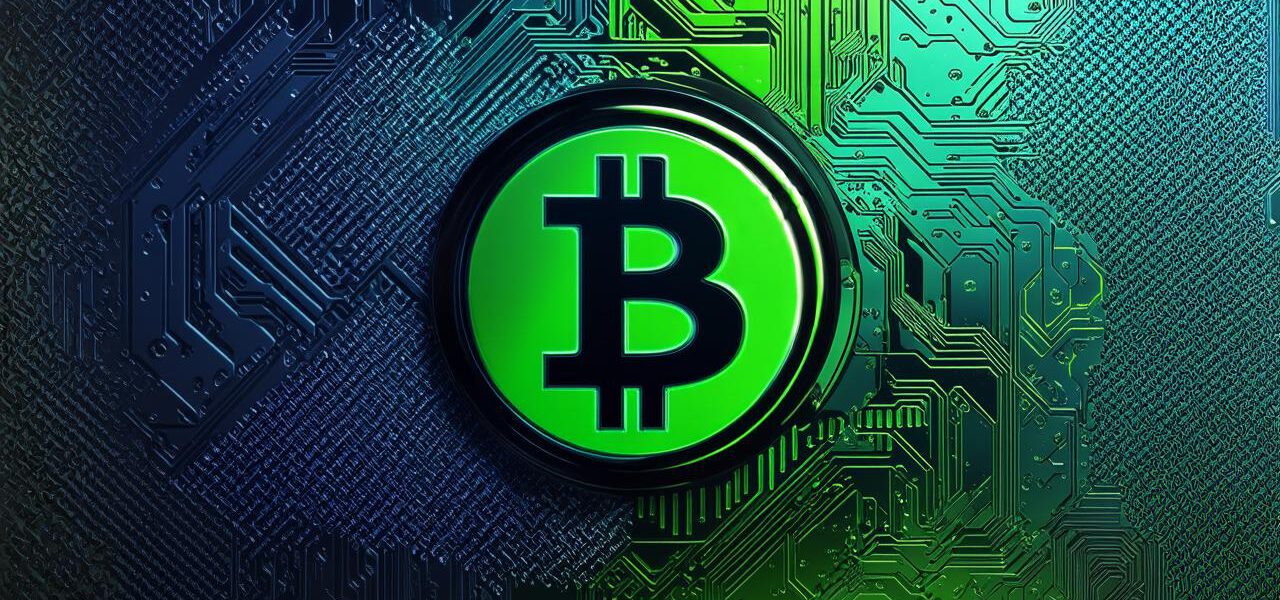
Top decentralized cryptocurrencies: A comprehensive guide
1. Bitcoin (BTC)
Bitcoin is the first and most well-known DCC. It was created in 2009 by an unknown person or group of people using the pseudonym Satoshi Nakamoto. As the largest cryptocurrency by market capitalization, Bitcoin has gained widespread acceptance as a store of value and a medium of exchange.
Bitcoin operates on a blockchain network that allows for secure and transparent transactions. It uses a consensus algorithm called proof-of-work (PoW) that requires miners to compete in solving complex mathematical puzzles to validate transactions and create new blocks. In return, miners are rewarded with newly minted Bitcoins.
Bitcoin’s unique selling points include its decentralized nature, which means it is not controlled by any government or financial institution, and its limited supply, capped at 21 million Bitcoins. One of the most significant use cases for Bitcoin is as a digital store of value. It can be used to purchase goods and services online or stored in wallets as a form of savings. Additionally, Bitcoin has been used as a medium of exchange in some countries with high inflation rates, such as Venezuela and Zimbabwe.
2. Ethereum (ETH)
Ethereum is a decentralized platform that enables developers to build decentralized applications (dApps) on top of the blockchain. It was created in 2015 by Vitalik Buterin and has since become the second-largest cryptocurrency by market capitalization.
Ethereum uses a consensus algorithm called proof-of-stake (PoS), which requires validators to lock up their Ether tokens as collateral to participate in the validation process. In return, validators are rewarded with newly minted Ether tokens.
One of Ethereum’s unique features is its smart contract capabilities, which enable developers to create self-executing contracts that can be programmed to automatically execute when certain conditions are met. Smart contracts have a wide range of potential use cases, including supply chain management, voting systems, and prediction markets.
Another significant use case for Ethereum is as a medium of exchange for dApps. Many dApps built on the Ethereum platform accept Ether as payment for goods and services, allowing users to transact directly without intermediaries.
3. Ripple (XRP)
Ripple is a decentralized payment protocol that enables fast and low-cost cross-border transactions. It was created in 2012 by Brad Garlinghouse and has since become the third-largest cryptocurrency by market capitalization.
Ripple operates on a consensus algorithm called XRP Ledger, which is maintained by a network of validators who verify transactions and ensure the integrity of the ledger. Ripple’s unique selling point is its ability to facilitate fast and low-cost cross-border transactions, with settlement times as low as 30 seconds.
Ripple has been adopted by several major financial institutions, including banks and payment processors, and is used for real-time payments and foreign currency exchanges.
4. Tether (USDT)
Tether is a stablecoin that is pegged to the US dollar, providing users with a way to transact in cryptocurrency without the volatility of other cryptocurrencies. It was created in 2014 by Bitfinex and has since become the fourth-largest cryptocurrency by market capitalization.
Tether operates on the Ethereum blockchain and is backed by a reserve of US dollars held in escrow by Bitfinex. Tether’s unique selling point is its stability, which makes it an attractive option for users who want to transact in cryptocurrency without the risk of price fluctuations.
Tether has been used in various industries, including real estate and supply chain management, as a medium of exchange and store of value.
5. Cardano (ADA)
Cardano is a decentralized public blockchain and cryptocurrency project that aims to provide a more secure and scalable platform for the development of dApps. It was created in 2015 by Charles Hoskinson and has since become the fifth-largest cryptocurrency by market capitalization.
Cardano uses a consensus algorithm called proof-of-stake (PoS), which requires validators to lock up their ADA tokens as collateral to participate in the validation process. In return, validators are rewarded with newly minted ADA tokens.
One of Cardano’s unique features is its focus on energy efficiency and scalability, with a goal of achieving 1 million transactions per second. Cardano has also been designed to be more secure than other blockchains, with built-in features like multi-signature wallets and smart contracts that can detect and prevent fraudulent activity.



